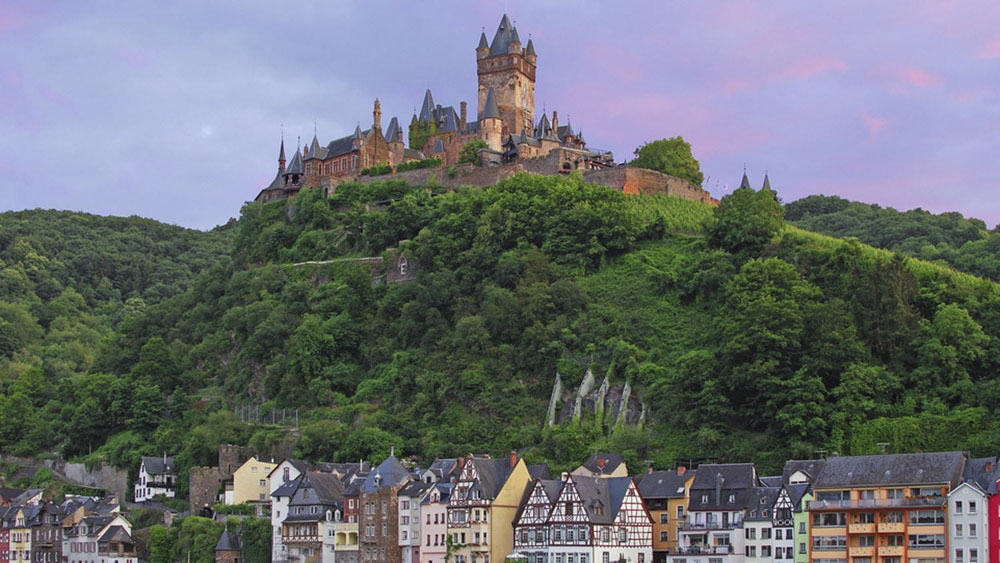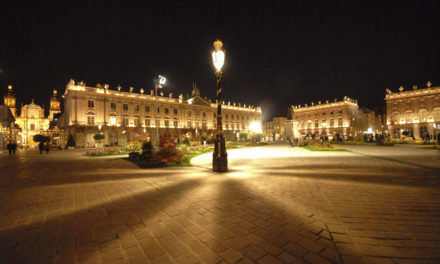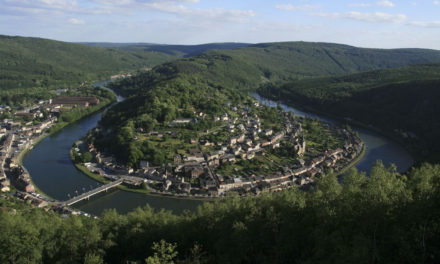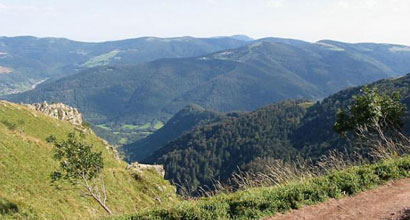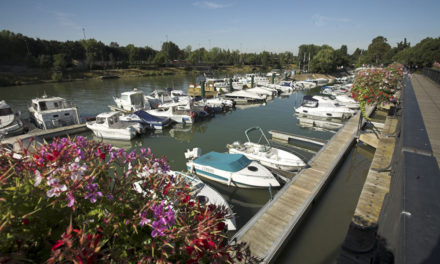Moselle is bordered by Luxembourg and Germany and is proud of its role as a European crossroads. Many of the inhabitants work across the borders with their historical conflicts a distant memory. During the 19th century the region was an industrial powerhouse, producing textiles and iron ore, but the decline of these industries and the closure of mines has meant it has had to diversify. Rapidly improving transport communication mean that by 2007 Metz will be only one and a half hours from Paris by TGV. Cultural developments include the promised opening of a branch of the Centre Pompidou arts museum.
Towns in Moselle
Hotels in Moselle
Metz
Metz, built on several islands formed by the rivers Moselle and Seille, has been an important city for two millennia, and was an independent state until 1559 when it was annexed by France. Its strategic position on the river Moselle means it has always been on the frontline of battle and it has been frequently besieged, most dramatically during the Franco-Prussian war when the French army commander held out for 2 months. After 1871 Metz became part of Germany and was only returned to the French at the end of the First World War. Not surprisingly, it combines both French and German influences and is a thriving cultural centre with an emphasis on music, jazz, opera and drama. It is a city particularly appreciated at night, when all its monuments are spectacularly illuminated. The cathedral of St-Etienne is the most important building, a splendid edifice of ochre stone, one of the tallest in France, with two towers and a fine rose window. Most spectacular are the stained glass windows, some of them filling entire walls and some modern versions created by Chagall. Metz has a good museum in an old Carmelite monastery which has an impressive collection of Roman antiquities. This is a city of gardens with a peaceful Esplanade for strolling beside the river and miles of landscaped walks along the rivers and canals. Twice a month Metz is the site of the second biggest flea market in France where you can buy a glorious cornucopia including furniture, antiques, crystal and enamels. Around Metz a wide variety of fruit is grown – redcurrants, blackcurrants and strawberries all of which make delicious desserts. Best of all are the Mirabelle plums made into tarts and clafoutis, jam and Mirabelle brandy.
Gravelotte
Several places to the west of Metz are worth visiting: Gravelotte for its military museum and Gorze for its first century Roman aqueduct. Marsal to the south has substantial Gallo-roman remains and a very early church, St-Leger, started in AD441, though not completed till the 12th century. The area was important for salt production and the Maison du Sel explains the history of this vital product. To the north is Thionville, once a Merovingian fortress. The Tour aux Puces is the remaining evidence, overlooking the river and now the location of the archaeological and history museum. Outside the town is the Chateau de la Grange, crammed with paintings and tapestries. You can tour the kitchens and bathrooms – which include a white marble bath that once belonged to Pauline Bonaparte. Near the chateau is the Fort de Guentrange, originally built by the Germans but made part of the Maginot Line, constructed along this border before World War II in a vain attempt to withstand German invasion.
Sarreguemines and Bitche
East of Metz is Sarreguemines and Bitche, both renowned for china, pottery and glass production. At Bitche, the Simserhof fort on the Maginot Line has 5 kilometres of underground galleries which can be toured in a small train. To the south-east is Sarrebourg, originally a Roman town – evidence of which can be seen in the museum. It also boasts the 13th century Chapelle des Cordeliers with a magnificent stained glass window, created by Marc Chagall using 13,000 different pieces of glass. A must for children is the Sainte-Croix animal park, a nature reserve of rare species including deer, wolves, bears and bison. Nearby Hartzviller has a glass factory and there are more Roman remains at St-Ulrich. At Dabo you can climb the Rocher de Dabo, topped with a tiny chapel. This is the highest point in the whole department of Moselle and is the best place for an extended view of the region.
| Title | Address | Description |
|---|---|---|
MOSELLE | Moselle |

